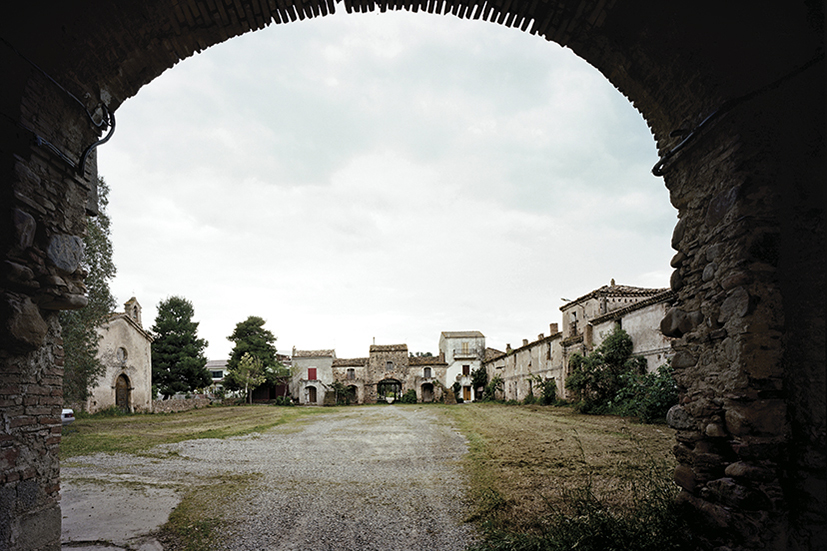
Inhabit according to nature. Two paradigms of Southern Italy rural architecture for biocompatible design
Abstract
The contribute aims to verify whether and how two “self-sufficient” settlements models, characteristic of the rural architecture of Southern Italy, and long obsolete, can offer cause for reflection and stimulation for a return to settlement forms more integrated with natural habitats.
The first of the two models is the stazzo, a temporary settlement, typical of transhumance, equipped with all the necessary components for permanence in an isolated place and closely connected to the presence of natural elements (woods, pastures, watercourses).
The second model is the masseria, in which there is the presence of spaces intended for different functions typical of urban settlements but circumscribed in a delimited, isolated space, completely immersed in a natural context.
Both models are, as already mentioned, “self-sufficient” as they provide for the possibility of individuals staying within them for a relatively long period and do not need ancillary settlement structures; at the same time, however, they are completely dependent on the natural elements that surround them and guarantee their survival. The analysis we propose proceeds from the survey of many stazzi and masserie; starting from the surveys, we proceeded with the study and graphic analysis of the ways in which the space is used.
The latter make it possible to relate the natural elements with the built ones and define settlement paradigms that can offer ideas for an eco-sustainable design in which nature and its elements can return to being key elements of the project.
DOI: https://doi.org/10.20365/disegnarecon.33.2024.9
Keywords
Full Text:
PDFRefbacks
- There are currently no refbacks.
Copyright (c) 2024 Daniele Colistra
DISEGNARECON
ISSN 1828 5961
Registration at L'Aquila Law Court no 3/15 on 29th June, 2015.
Indexed in SCOPUS. Diamond Open Access. All papers are subjected to double blind peer review process by qualified reviewers.
Journal founded by Roberto Mingucci
